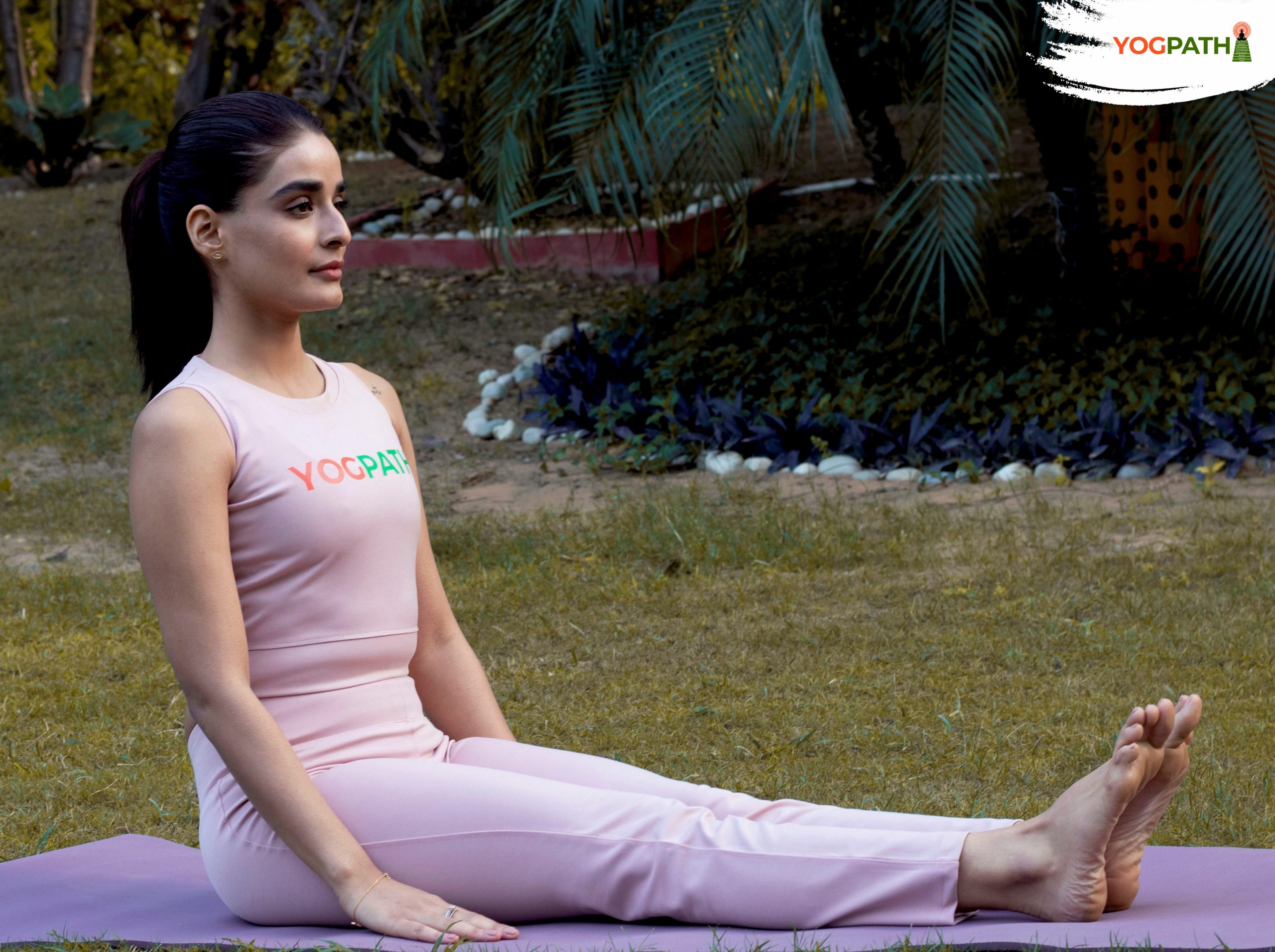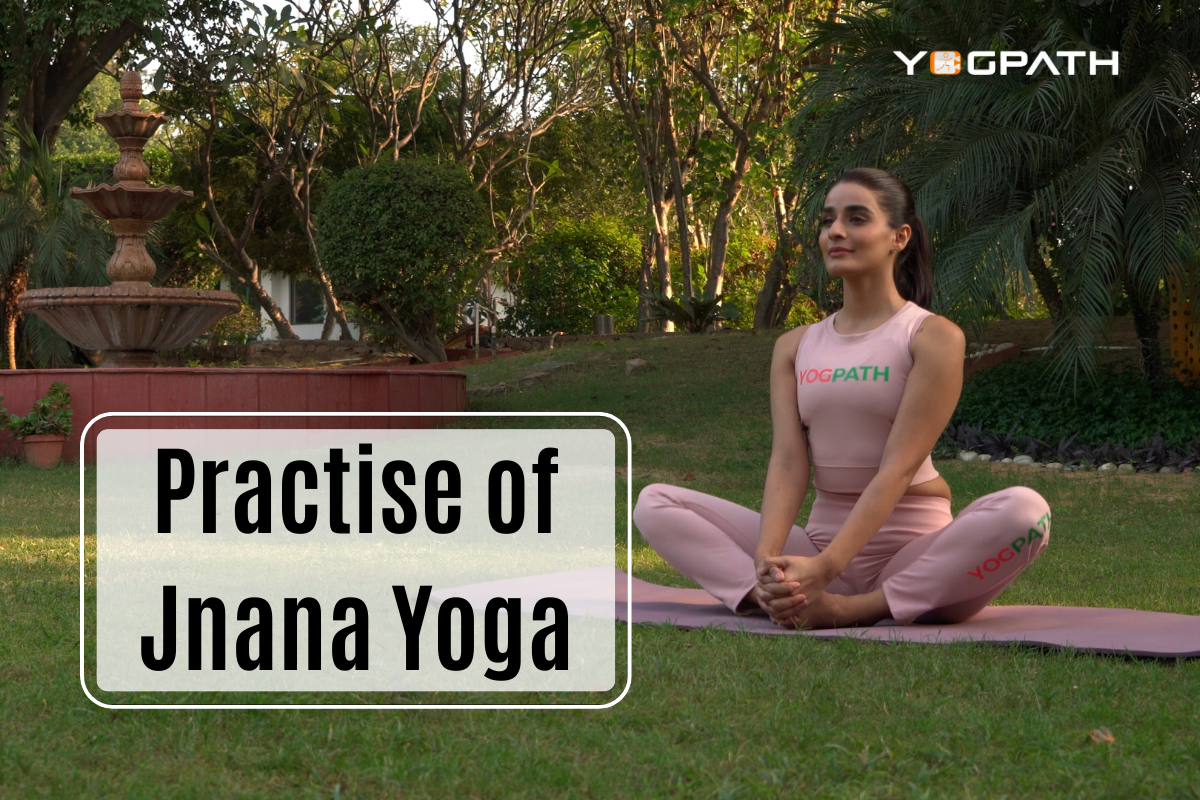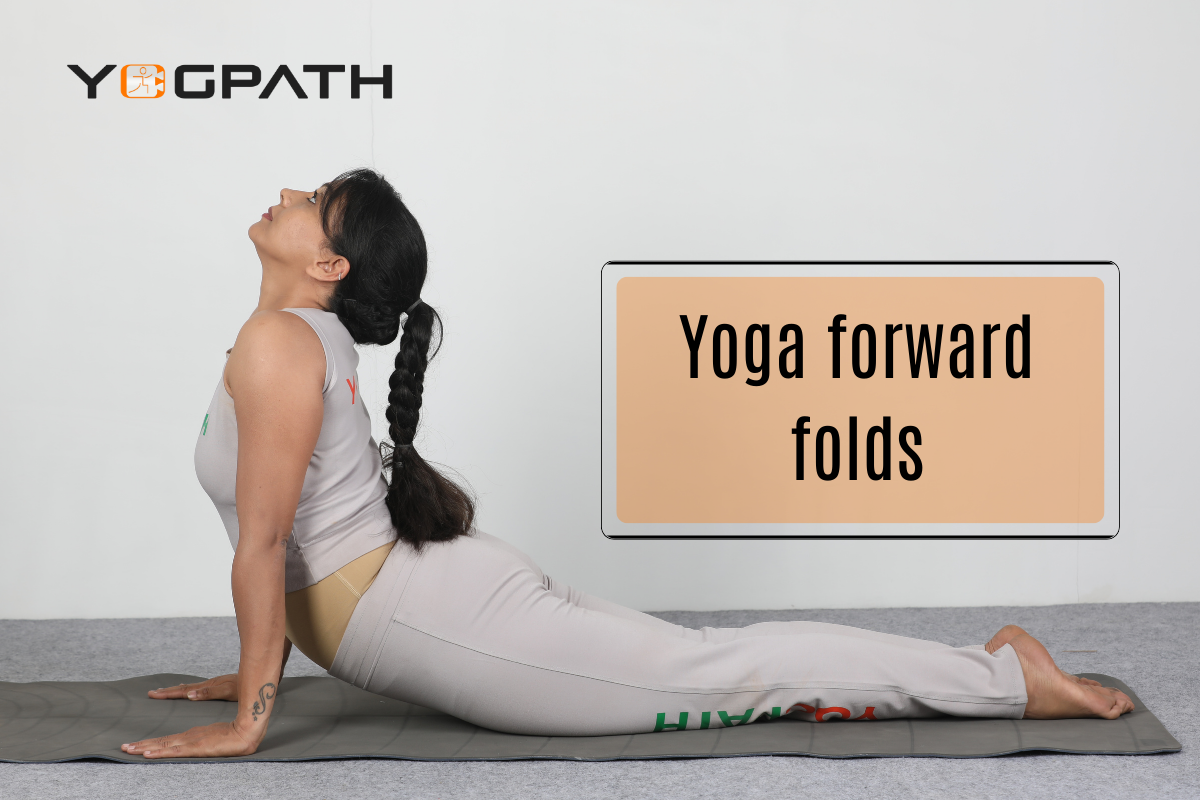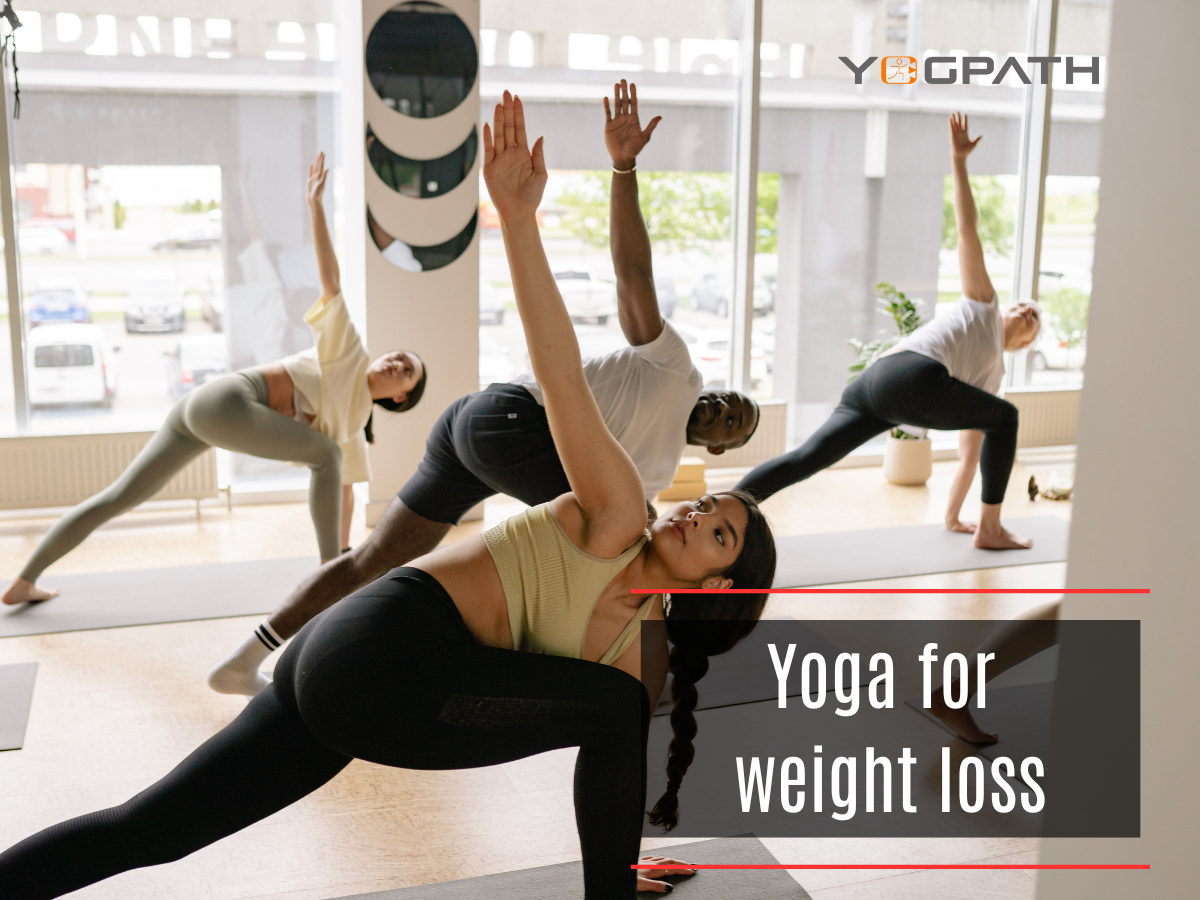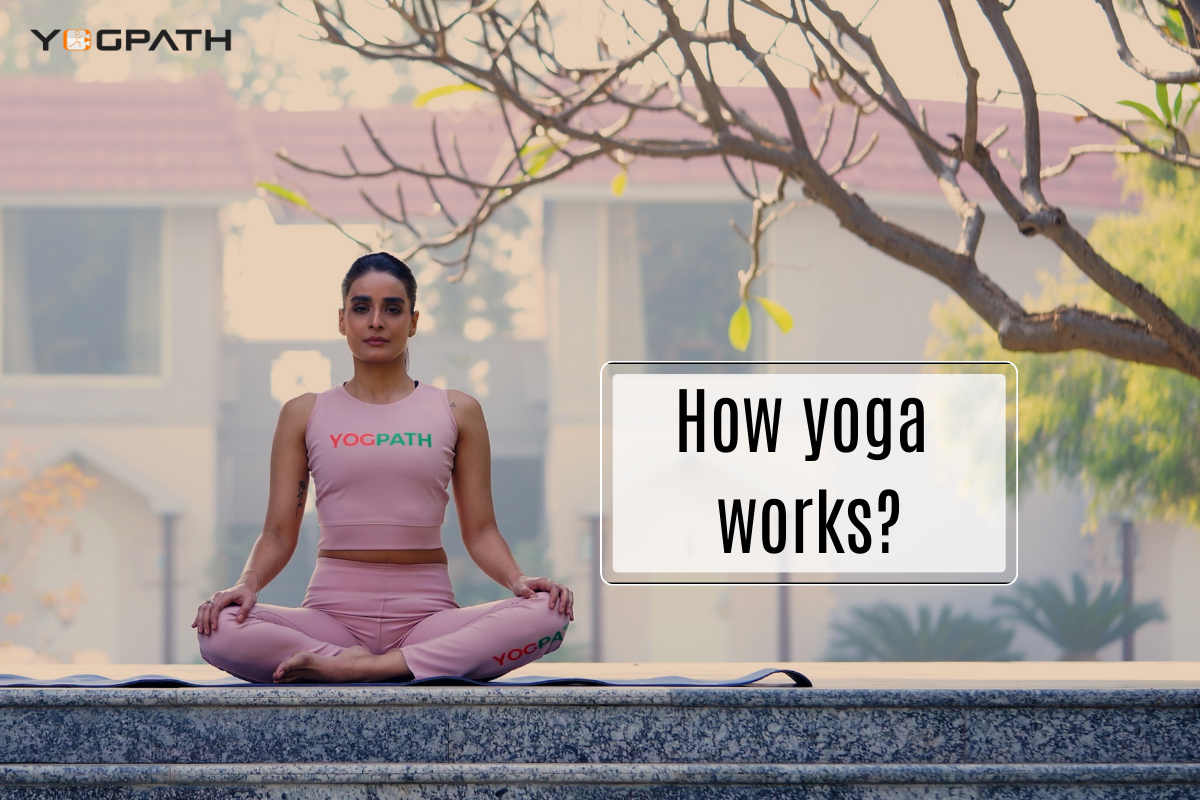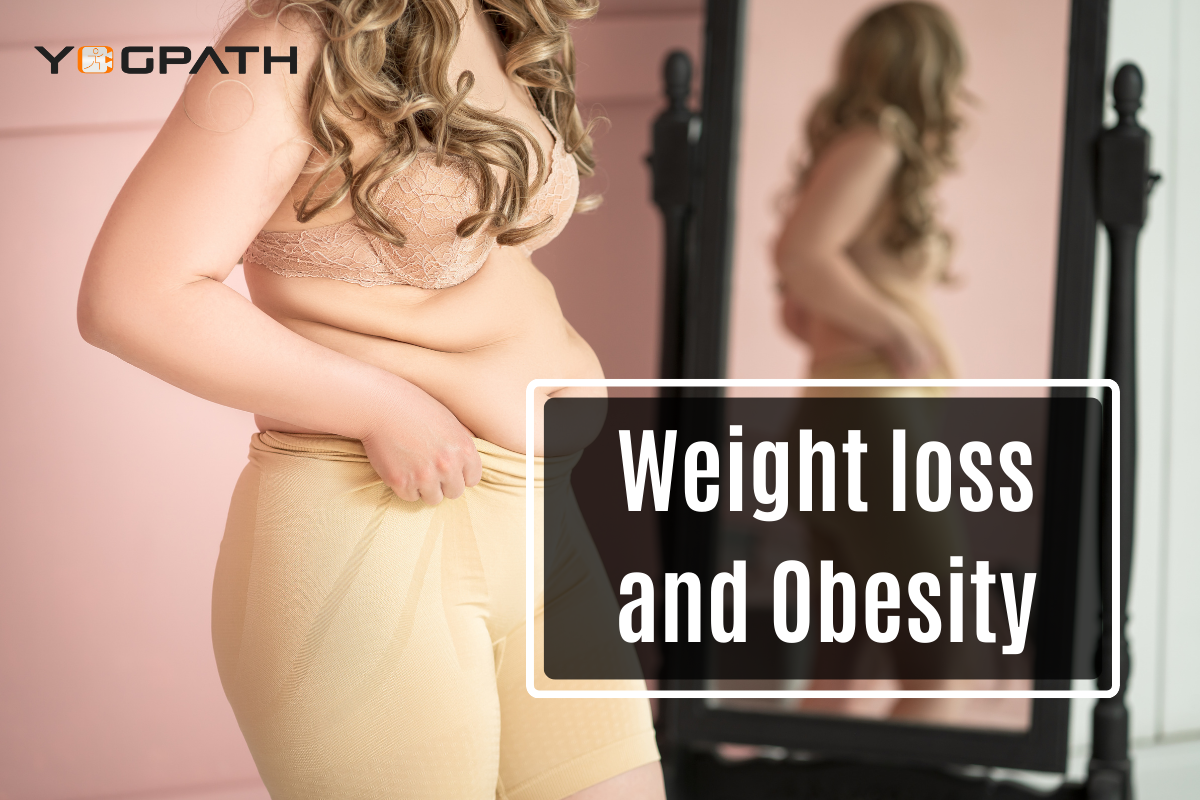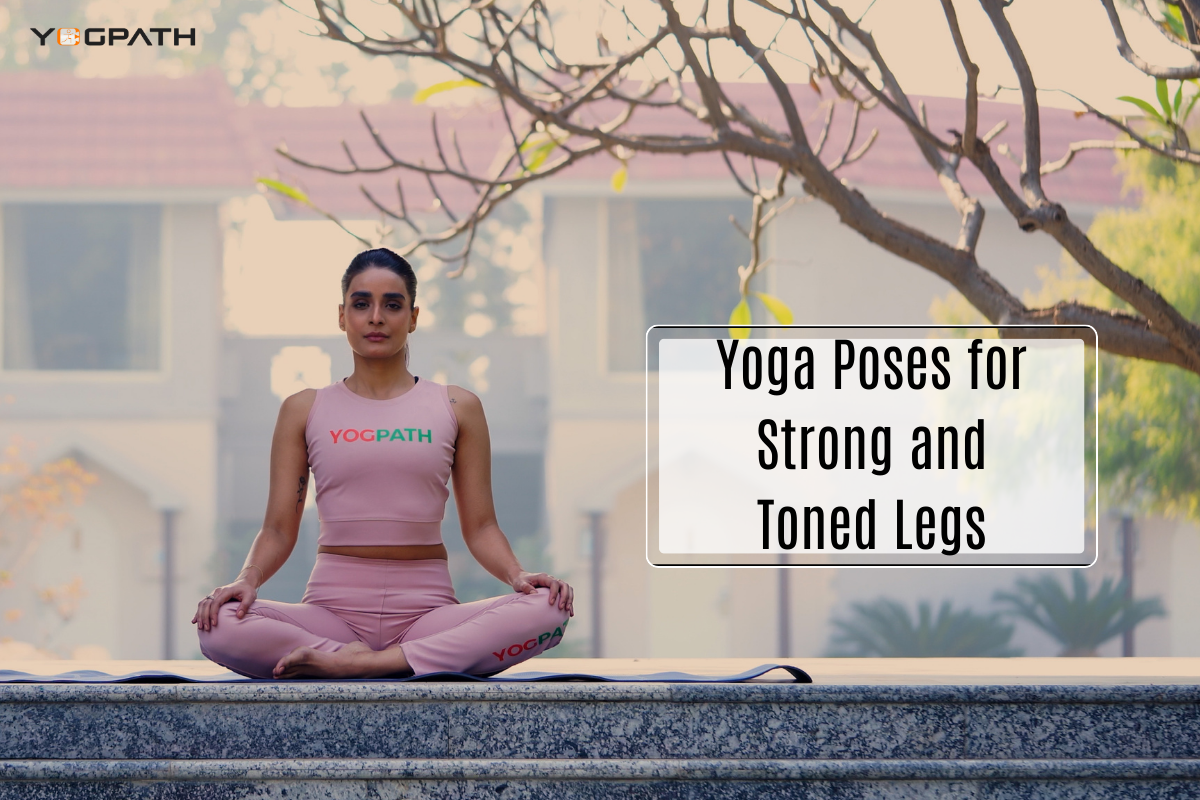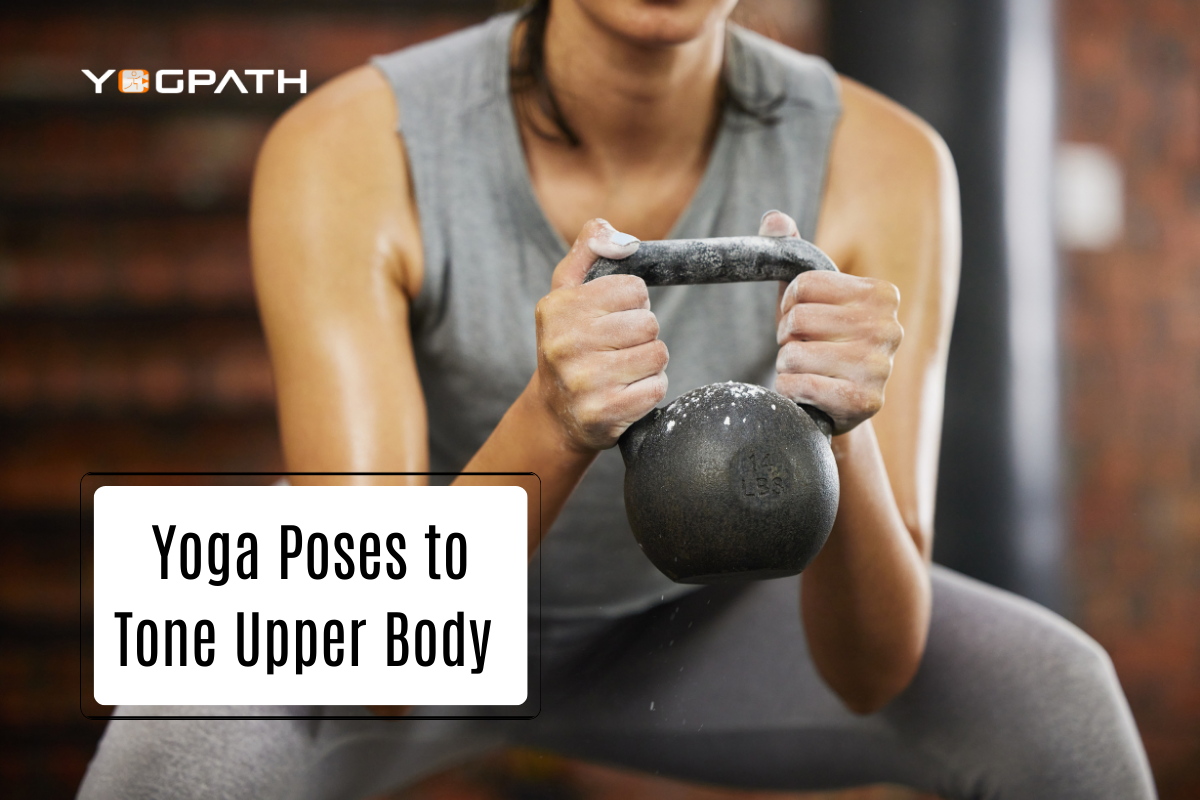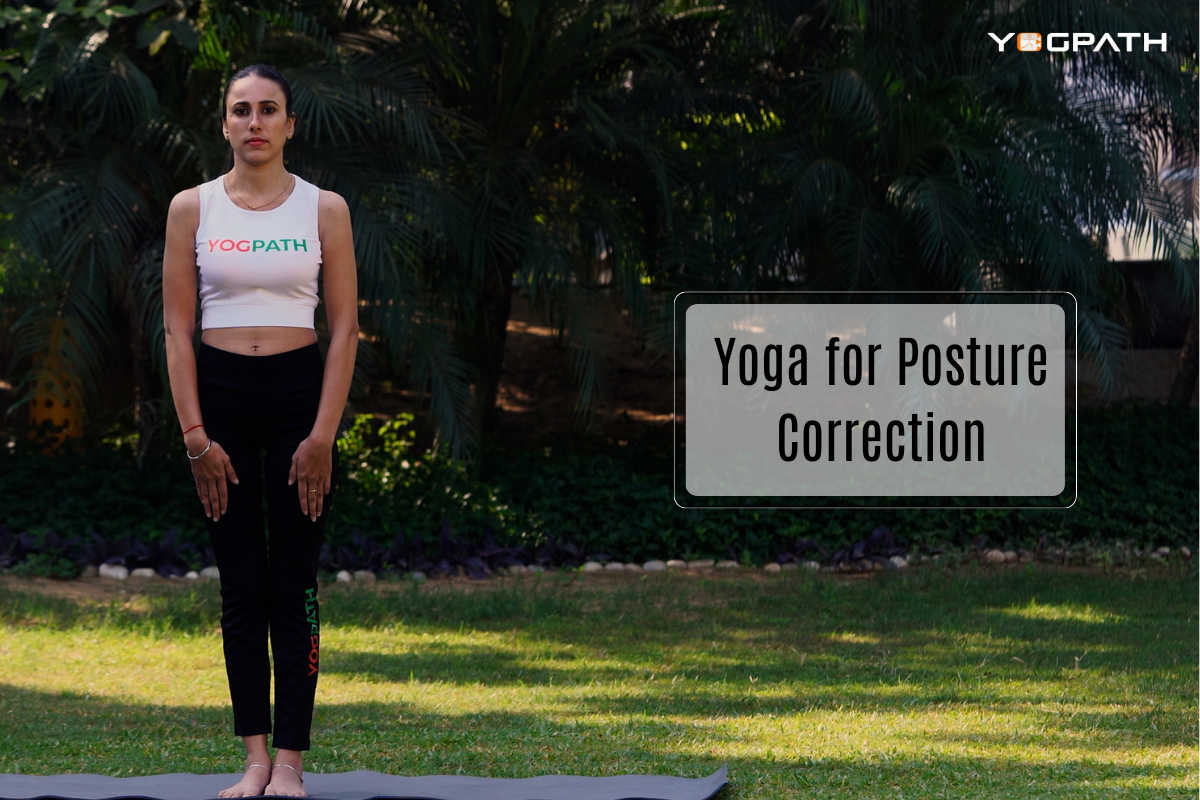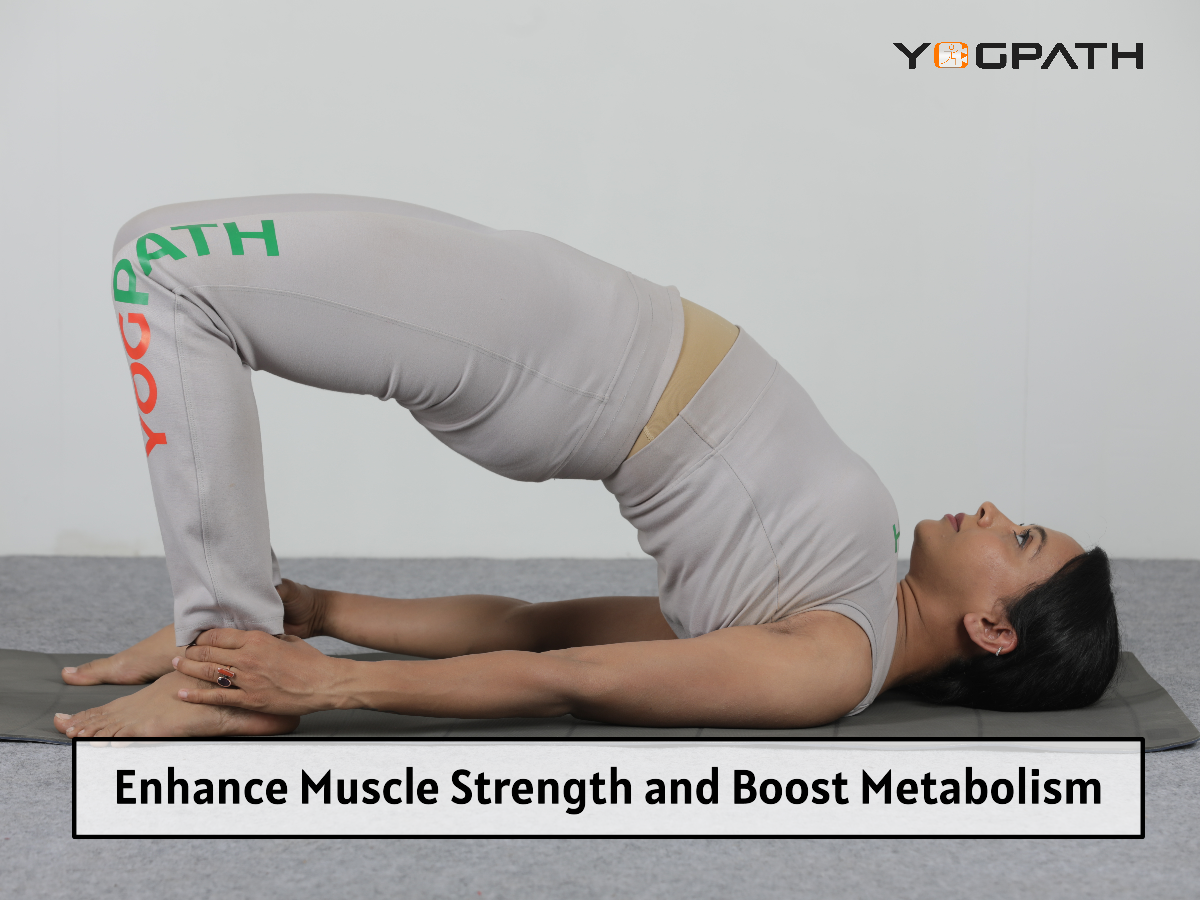
Power Yoga
There is more than one way to practise yoga. This well-liked kind of mind-body training comes in a wide variety of subtypes, each of which requires a unique level of self-control and concentration and aims to accomplish a particular set of objectives.
For instance, this was developed expressly to enhance both the muscular strength and the cardiovascular endurance of its participants. The stances are difficult, and you move fast from one pose to the next as you progress through the sequence.
Power yoga sessions are rarely the same, which makes for a fantastic physical exercise. Unlike some other types of yoga, which always follow the same sequence of postures, power yoga classes are rarely the same.
This article will take a more in-depth look at power yoga, including its advantages, potential downsides, and instructions on how to get started with the practise.
What is power yoga?
Building strength and stamina is the primary objective of power yoga, which is exactly what the name implies. In addition to its many other benefits, this kind of yoga is fantastic for reducing body fat.
Vinyasa yoga and power yoga are often considered to be synonymous terms, despite the fact that power yoga is not a recognised subgenre of yoga. It is perhaps more appropriate to state that power yoga is a kind of Vinyasa, which has its origins in Ashtanga yoga, which is an established discipline that originated in the early 20th century. Vinyasa yoga was developed from Ashtanga yoga.
Instead of tackling each stance in isolation, the focus of power yoga is on the flow from one pose to the next. This is in contrast to traditional yoga, in which each pose is practised in isolation. In contrast to certain other types of yoga, the positions are not performed in isolation from one another.
No matter what you name it, power yoga is a fast-paced and strenuous workout. You quickly transition from one position to another, synchronising your breathing with the various movements of your body as you do so.
It’s possible that a power yoga class will feel more like an intense round of aerobics than a calm and reflective session of yoga. Power yoga is more of a dynamic practise than a contemplative one, despite the fact that it involves awareness and concentration on the breath.
What sets power yoga apart from other kinds of yoga, and how does it differ from other kinds of yoga?
There are several significant ways in which power yoga is differentiated from traditional forms of yoga. Let’s take a more in-depth look at these discrepancies:
Speed
Power yoga goes at a significantly quicker speed as compared to Hatha yoga, which is the kind of yoga that is performed in the United States the most frequently.
Hatha yoga, in contrast to power yoga, emphasises holding postures for longer periods of time while paying attention to one’s breathing.
Hatha yoga and other types of yoga that offer a more restorative experience often move at a slower pace than power yoga, which means that they do not bring the same advantages in terms of cardiovascular activity.
Sequence
Power or Vinyasa yoga employs many of the same poses as Ashtanga yoga, although not usually in the same order.
No matter who is instructing the class, each posture in Ashtanga yoga is performed in precisely the same order no matter how experienced the instructor is.
Power yoga sessions, on the other hand, adhere to a sequence that is either determined by the instructor or, if practised independently, by the student themselves. In power yoga, there is less of an emphasis on structure and more of an emphasis on variety.
Flow
The flow is one of the primary distinctions between Hatha yoga and Vinyasa yoga, often known as power yoga.
Exhaling as you go from one posture to the next is a key component of power yoga, which places an emphasis on fluidity. The emphasis in Hatha yoga is not so much on moving fluidly from one pose to the next as it is on obtaining the correct posture in each pose.
What are the advantages of doing so?
According to the findings of several scientific studies, power yoga has a variety of positive effects on both the mind and the body. A look at some of the most important advantages that come along with practising this type of yoga, which emphasises fluid movement.
Cardiovascular well-being and fitness
Power yoga workouts can boost and keep your heart rate up because of the vigorous tempo and the emphasis on strength training involved.
During exercise, elevating your heart rate helps your body improve the circulation of blood and oxygen to your muscles and organs, which ultimately results in improved performance. In turn, this can help you enhance your fitness level, your stamina, and your general health.
Power yoga and other forms of regular cardiovascular exercise can provide you additional benefits, including the following:
- enhancing both your heart and your lungs’ power
- assisting in the management of high blood pressure
- decreasing levels of bad cholesterol
- regulating the amount of sugar in the blood
- strengthening up one’s bones and muscles to a stronger state
- aiding in the process of weight reduction
- increasing sleep raising energy levels
- enhancing the functioning of the brain
- decreasing the likelihood that you may develop a chronic ailment such as diabetes, heart disease, or stroke
Strength
Even if the speed of a power yoga session is quick, that does not mean that you will not be able to hold any postures for a considerable amount of time. You are welcome to hold some stances for up to a minute or even longer.
Your muscles are forced to exert a great deal of effort to maintain a pose when you hold your body in a certain position for more than a few seconds at a time. This causes your muscles to get activated. This has the potential to improve your muscular strength and endurance throughout a wide swath of your body.
Motor control
People with Parkinson’s disease who took part in power yoga sessions on a twice-weekly basis had substantial improvements in their tremors and muscular rigidity.
The researchers discovered another benefit of power yoga, which was an improvement in the individuals’ muscle strength and power.
Loss of weight
Power yoga helps you burn calories since it is a form of cardiovascular exercise. Because power yoga improves muscular tone and strength, you’ll also burn more calories even when you’re not actively exercising as a result of doing it.
Yoga may help you feel more connected to your body. This may help you become more aware of when it is appropriate to quit eating, which is a factor that can contribute to weight reduction.
In addition, the research indicated that yoga can help relieve discomfort in the back and joints, which may encourage those who experience this kind of pain to engage in greater physical activity.
Reduced levels of stress
It is commonly recognised that yoga has the capacity to lessen emotions of tension and anxiety while simultaneously fostering feelings of relaxation and peace.
Power yoga has the capacity to lower levels of cortisol, which is the stress hormone, in your body. This was discovered despite the fact that power yoga is less contemplative and more fast-paced than other styles of yoga.
According to the findings of the study, even just one session of power yoga may result in a discernible decrease in levels of stress.
Power yoga has been linked to several major indicators of well health, including the following:
- improved sleep a stronger immune system
- enhanced flexibility and equilibrium
Is there a potential downside to this?
Power yoga programmes move at a quick pace and demand a specific degree of strength and fitness from their participants. If you do not have a fundamental knowledge of the typical Vinyasa poses and motions, you could find it difficult to keep up with the class.
When performing any type of exercise regimen, it is critical to ensure that you are utilising the correct form in order to avoid overstraining your muscles and joints. If you are not familiar with the different yoga postures, you run the danger of injuring yourself if you attempt a stance with the wrong form.
Classes of power yoga often last between sixty to ninety minutes. The time commitment could be a problem for some people, particularly those who aren’t used to working out for such a long period of time or exercising regularly.
Is it the way to go for you?
Power yoga is an option to consider if you feel at ease participating in strenuous exercise in a group setting (think of it as something along the lines of CrossFit).
If you already have a respectable level of fitness and are used to exercising for at least an hour at a time, this might be an option that works well for you. It is useful to have some experience with various kinds of yoga and the positions that are associated with them.
The bare essentials
The practise of power yoga, which is sometimes referred to as Vinyasa yoga, is a vigorous form of yoga that places an emphasis on developing one’s physical strength and stamina. In addition to its many other benefits, this kind of yoga is fantastic for reducing body fat.
Power yoga is a style of yoga that is more dynamic than other types of yoga, such as meditation yoga, and it offers an excellent cardiovascular and strength-training workout. However, practising power yoga needs awareness and concentration on one’s breathing.
This kind of yoga does not require the use of weights or any other special equipment; yet, it is beneficial to have a certain degree of strength and fitness.


